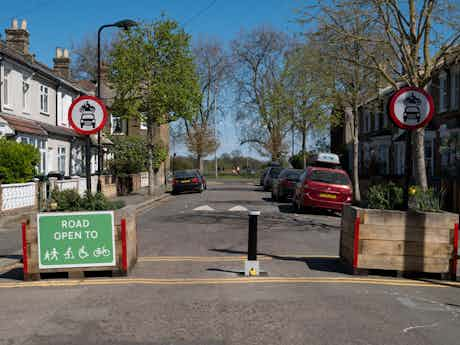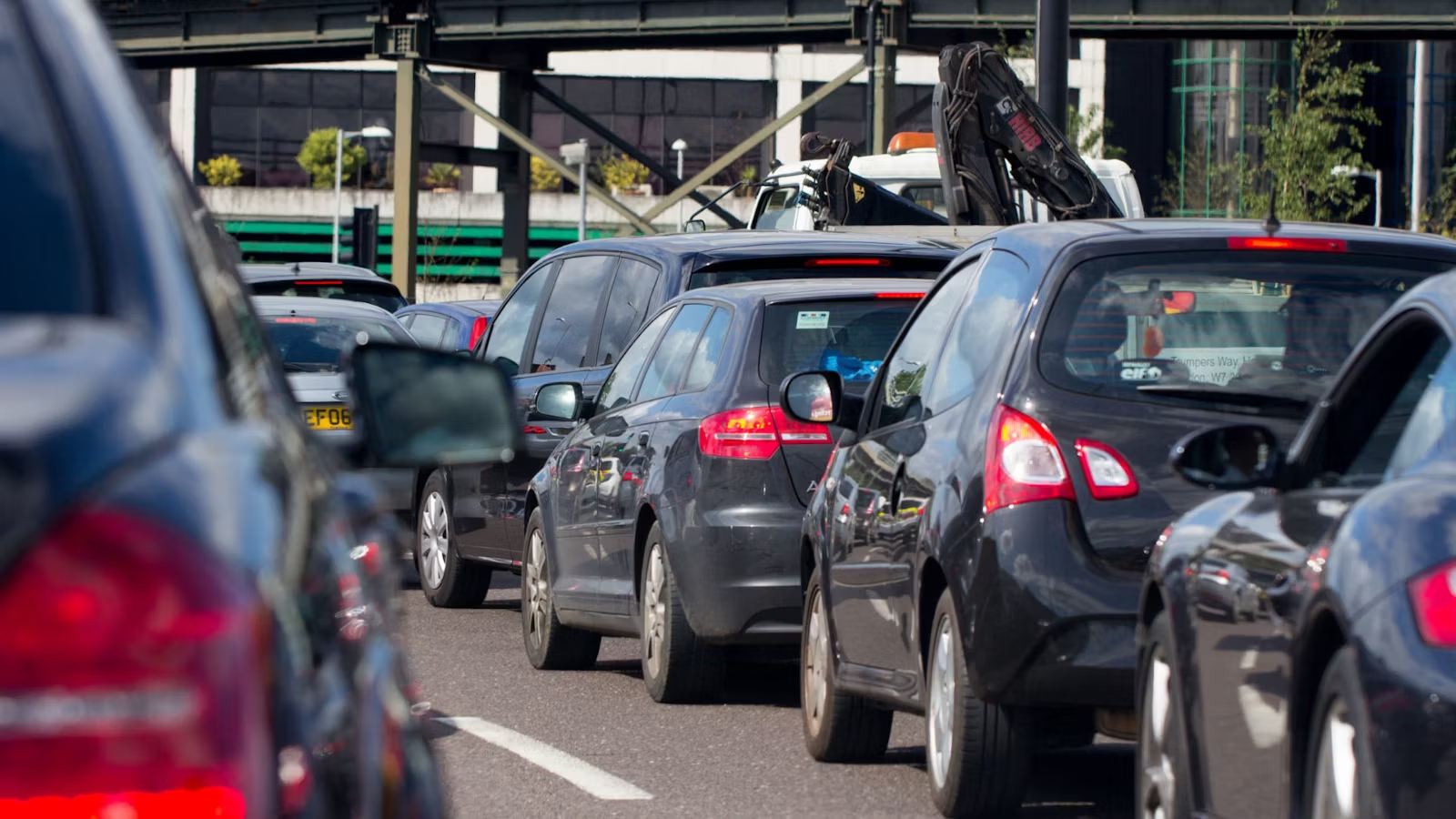Low Traffic Neighbourhoods (LTNs) explained
July 20, 2022 by carwow staff

Wondering what a Low Traffic Neighbourhood is? Wonder no more
Low Traffic Neighbourhoods (LTNs) are a type of traffic control scheme that see roads closed to motor vehicles with the intention of reducing traffic and pollution by encouraging people to walk or cycle, or forcing people to drive down larger, arterial routes instead.
LTNs are controversial. Their advocates say they improve the lives and health of residents living in the schemes, but their opponents say they increase traffic and pollution on the surrounding roads that remain open, unfairly impacting the people who live on those roads.
What is an LTN?
In principle, all LTNs work in the same manner, as they stop vehicles from using certain roads.

The schemes operate in a number of different ways, though. Roads can be closed to traffic in one direction or both, and they can be closed to traffic during certain times of day, or permanently.
Some Low Traffic Neighbourhoods allow residents or buses to use the roads, while others are closed to all traffic – although people who live in LTNs and who were able to drive to their house prior to their installation will still be able to – they may just have to take a longer route to get to their house.
Some LTNs see roads closed with bollards or planters (large wooden boxes filled with earth), while others are physically open, but signs inform drivers of whatever restrictions there may be, with these enforced by Automatic Number Plate Recognition (ANPR) cameras that are used to issue financial penalties to people breaching the rules.
LTNs were introduced as a result of a £250 million ‘Emergency Active Travel Fund’ brought in by the Government to encourage people out of their cars and off public transport during the peak of the coronavirus pandemic.

Some LTNs were implemented with little public consultation, while others have since been removed following outcry from local residents.
LTN advocates say the vehicles that would have used roads closed by the schemes ‘evaporate’ as people decide to walk or cycle their journeys instead.
But while LTNs have many enthusiastic supporters, the case for them is not clear-cut.
In some areas, residents who live on roads that border LTNs say traffic and pollution levels dramatically increase as more vehicles use the roads.
What are the benefits of an LTN?
LTNs are designed to reduce traffic and pollution. They are also designed to encourage active travel such as walking and cycling, both of which bring health benefits.
There is research indicating that LTNs bring some of the benefits they are intended to, but there are also critics who highlight methodological problems with some research around LTNs.
What does an LTN look like?
This varies depending on the type of LTN. Some are marked by bollards or planters, others by small, red-ringed traffic signs. LTNs can be residential streets, but they can also be urban centres.
Where are LTNs located?
LTNs can be located almost anywhere where there is a road that is open to traffic, though most tend to be in urban areas, with London home to a large number of schemes.
Who creates LTNs?
LTNs are introduced by councils, who will have conducted research about traffic patterns and volumes. Residents can also contact their council, asking for LTNs to be implemented. Consultation should take place before LTNs are introduced, although some consultations were conducted retrospectively, after LTN schemes were brought in.
Will there be more LTNs created in the future?
It is entirely possible that more LTNs will be implemented, although the Emergency Active Travel Fund that paid for many of them has since been exhausted.
Low Traffic Neighbourhood FAQs
Are residents of a LTN still able to access and use their vehicles within the area?
Yes. LTNs may close one end of a residential road, preventing it being used as a through route, but leaving access to it open – albeit only from one direction.
How does a LTN affect access for emergency services?
There have been several instances of emergency services experiencing delayed response times due to LTNs, as ambulances, police cars and fire engines are unable to get past bollards and planters.
Don’t LTNs just move traffic to other roads?
LTN advocates claim they make traffic ‘evaporate’ as people ditch their cars in favour of walking or cycling. LTN opponents say such evaporation is a myth.
Don’t LTNs just create longer journeys?
In many instances, yes. Some LTN proponents argue that this is actually the point of LTNs: by making some journeys longer, they hope to ‘nudge’ people out of their cars.
Looking for an easy way to change your car? Then carwow is the place to go. You can sell your car online for a great price, and get the best deals on a new one. All through our network of trusted dealers and all from the comfort of your home. Tap the button below to get started today.















